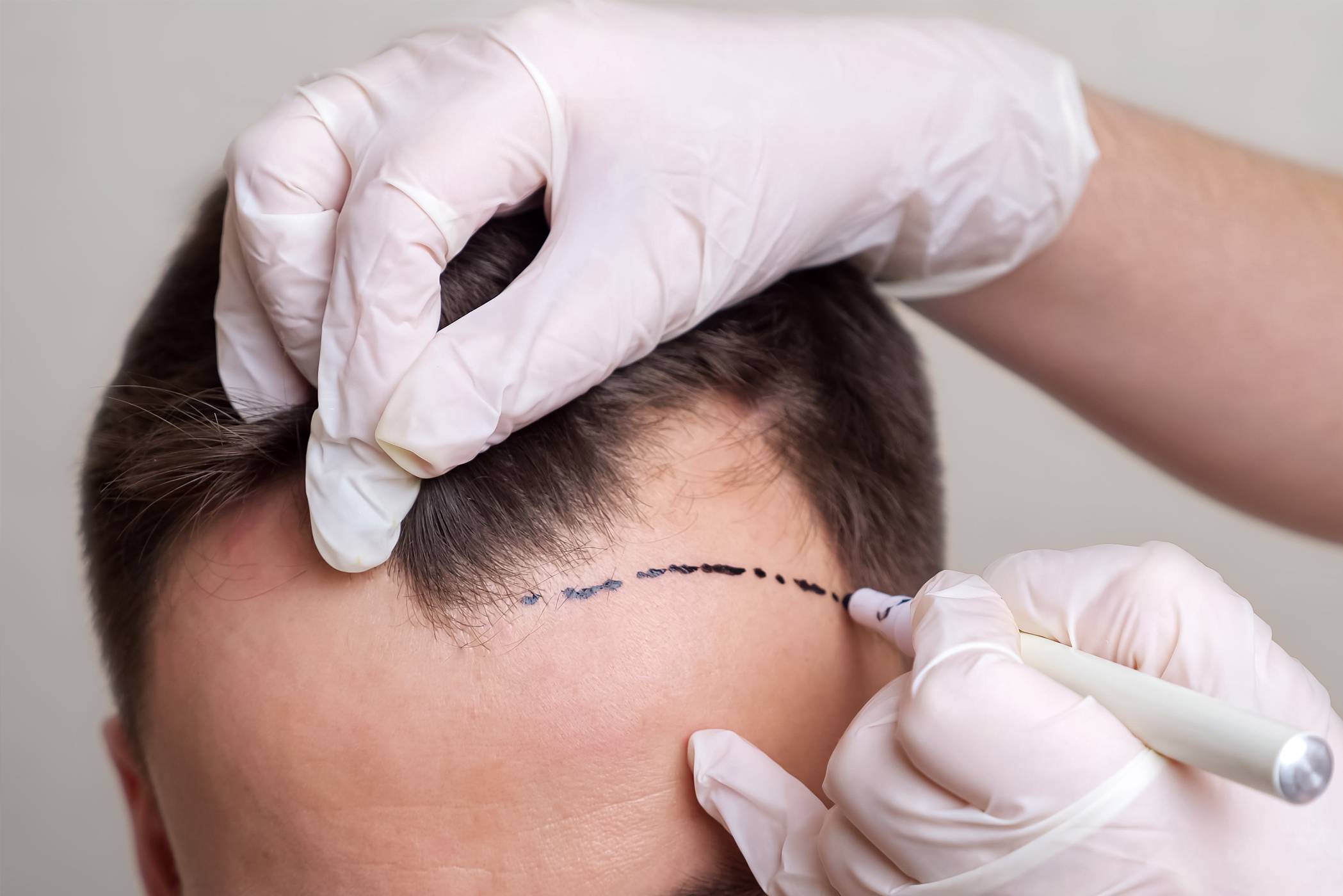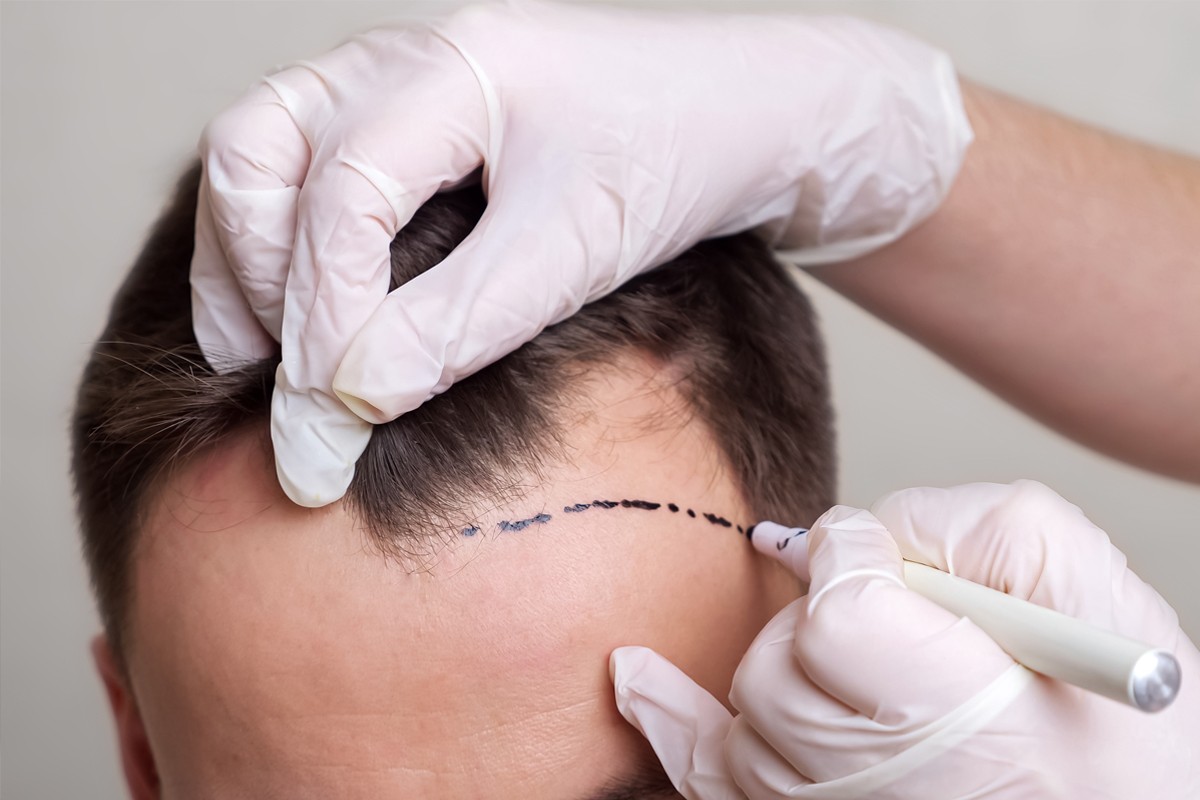Hair transplant Atlanta patients -and patients worldwide- are often among the most well-researched individuals. Yet, the process can still feel complicated and overwhelming, especially since it’s a long-term investment, both financially and emotionally. Patients read online, compare graft numbers, and often come in asking if 2,000 grafts is enough to fix their receding hairline.
Important note upfront: The number of grafts needed varies from one patient to another. Factors like hair type, hairline shape, density goals, and donor availability all make each case unique. What works for one person may not be the right solution for another.
What is A Graft?
A graft is a natural grouping of hair that contains 1–3 hairs. When we talk about “2,000 grafts,” that could translate to 4,000–5,000 hairs being transplanted into thinning areas. But it’s not just the number, it’s about how those grafts are placed.
How Are Grafts Collected and Transplanted?
Follicular Unit Extraction (FUE)
Harvesting
Individual grafts (containing 1–3 hairs) are extracted one by one from the donor area using a tiny punch device.
Benefit
Leaves small dot scars that are barely visible, allowing patients to keep short hairstyles.
Transplantation
Each graft is carefully implanted into tiny incisions at the recipient site, with precise angle and direction to mimic natural growth.
Follicular Unit Transplantation (FUT / Strip Method)
Harvesting
A thin strip of scalp is removed from the back of the head. The strip is dissected under a microscope into individual grafts.
Benefit
Allows a larger number of grafts in a single session.
Transplantation
Like FUE, each graft is strategically placed for density and natural appearance.
Why This Matters
Whether FUE or FUT is used, the principle is the same: grafts are harvested from the donor area and transplanted into thinning regions. What makes the difference isn’t just the number of grafts—it’s the surgeon’s skill in:
• Placing grafts at the correct angle
• Distributing density naturally
• Planning for long-term results
For men with Norwood stage II–III hair loss (mild to moderate hairline recession), 2,000 grafts is often the sweet spot to rebuild a natural, fuller-looking hairline. At Springs Hair Restoration, our density-focused approach means every graft is strategically placed to maximize impact while keeping results natural.
Quality Over Quantity
It’s not just about graft numbers. A successful hair transplant depends on:
Placement
Grafts must be positioned in the right areas.
Direction & Angle
Ensures hair grows naturally and blends seamlessly.
Density Planning
Helps achieve fullness without wasting donor supply.
This artistry and precision matter just as much -if not more- than the total graft count.
What I f I Need More Than 2,000?
If your hairline recession is more advanced, or if you’re also thinning in the crown or mid-scalp, 2,000 grafts may not be enough. In those cases, we:
• Assess the donor area strength
• Plan for long-term needs (future hair loss progression)
• Preserve grafts for potential second sessions
The goal is always to provide natural results now while keeping options open for the future.
So Is 2,000 Grafts Enough for A Receding Hair?
• For many patients, yes, it’s often the right number to restore a youthful, natural hairline.
• But remember, there’s no universal answer. Each patient’s needs are different.
Important reminder: The number of grafts and final results vary from patient to patient. The only way to know what’s right for you is through a personalized consultation.





 Free Transplant Consult
Free Transplant Consult



